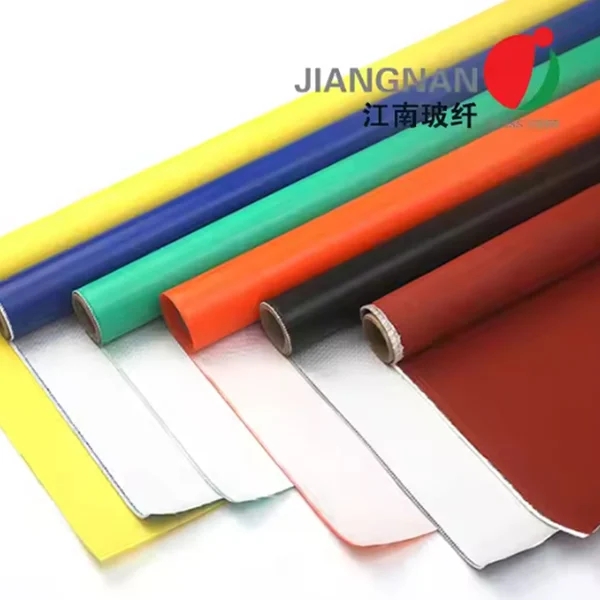When it comes to enhancing the exterior of your home, tiling an outside wall can be a transformative project. Not only does it add aesthetic value, but it also provides protection against the elements. However, the question remains: can you tile an outside wall? The answer is a resounding yes, but it requires careful planning, the right materials, and a thorough understanding of the process. In this article, we will explore the intricacies of tiling an outside wall, from material selection to installation techniques, ensuring you achieve a durable and visually appealing finish.
Understanding the Benefits of Tiling an Outside Wall
Before diving into the practical aspects, it’s essential to understand why tiling an outside wall is a worthwhile investment. Here are some key benefits:
- Enhanced Aesthetic Appeal: Tiling can dramatically improve the visual appeal of your home’s exterior. With a variety of colors, patterns, and textures available, you can create a unique look that reflects your personal style.
- Weather Resistance: High-quality exterior tiles are designed to withstand harsh weather conditions, including rain, snow, and UV rays. This protective layer can help prevent moisture infiltration and damage to the underlying structure.
- Low Maintenance: Unlike paint or siding, tiled surfaces require minimal maintenance. Regular cleaning and occasional sealing can keep your tiles looking fresh for years.
- Increased Property Value: A well-executed tiling project can enhance your home’s curb appeal, potentially increasing its market value.
Choosing the Right Materials
Selecting the appropriate materials is crucial for the success of your tiling project. Here are some factors to consider:
- Tile Type: When tiling an outside wall, opt for materials specifically designed for exterior use. Porcelain and ceramic tiles are popular choices due to their durability and resistance to moisture. Natural stone tiles, such as slate or granite, can also be used but may require additional sealing.
- Adhesive: The adhesive you choose is vital for ensuring the tiles bond effectively to the wall. Use a high-quality, weather-resistant thin-set mortar designed for outdoor applications. This will help prevent the tiles from loosening over time.
- Grout: Select a grout that is suitable for outdoor use, ideally one that is resistant to mold and mildew. Epoxy grout is an excellent choice for its durability and low porosity.
Preparing the Surface
Proper surface preparation is essential for a successful tiling project. Follow these steps:
- Clean the Wall: Remove any dirt, dust, or loose paint from the wall surface. A clean surface ensures better adhesion.
- Repair Damage: Inspect the wall for any cracks or damage. Repair any issues with a suitable filler or patching compound to create a smooth, even surface.
- Prime the Surface: Applying a primer can enhance the bond between the wall and the adhesive. Choose a primer designed for exterior use.
Installation Process
Once you have selected your materials and prepared the surface, it’s time to begin the installation. Here’s a step-by-step guide:
- Layout Planning: Before applying adhesive, lay out your tiles on the ground to determine the best arrangement. This will help you visualize the final look and make any necessary adjustments.
- Applying Adhesive: Using a notched trowel, apply the thin-set mortar to a small section of the wall. Work in manageable areas to prevent the adhesive from drying out before you place the tiles.
- Setting the Tiles: Press the tiles firmly into the adhesive, twisting slightly to ensure a good bond. Use spacers to maintain even gaps between tiles for grout application.
- Cutting Tiles: You may need to cut tiles to fit around edges or corners. A tile cutter or wet saw will provide clean, precise cuts.
- Grouting: Once the adhesive has cured (usually 24 hours), remove the spacers and apply grout using a rubber float. Press the grout into the gaps and wipe away excess with a damp sponge.
- Sealing: After the grout has dried, consider applying a sealant to protect the tiles and grout from moisture and stains.
Maintenance Tips
To ensure the longevity of your tiled exterior wall, follow these maintenance tips:
- Regular Cleaning: Clean the tiles periodically with a mild detergent and water to remove dirt and grime.
- Inspect for Damage: Regularly check for any cracks or loose tiles. Address any issues promptly to prevent further damage.
- Reapply Sealant: Depending on the type of tile and grout used, reapply sealant every few years to maintain protection against moisture.
Conclusion
Tiling an outside wall is not only feasible but can also yield stunning results when done correctly. By selecting the right materials, preparing the surface adequately, and following a systematic installation process, you can create a durable and beautiful exterior that enhances your home’s value and curb appeal. Whether you’re a DIY enthusiast or considering hiring a professional, understanding the intricacies of this project will help you achieve the best possible outcome. So, can you tile an outside wall? Absolutely—just be sure to approach it with the right knowledge and preparation.






